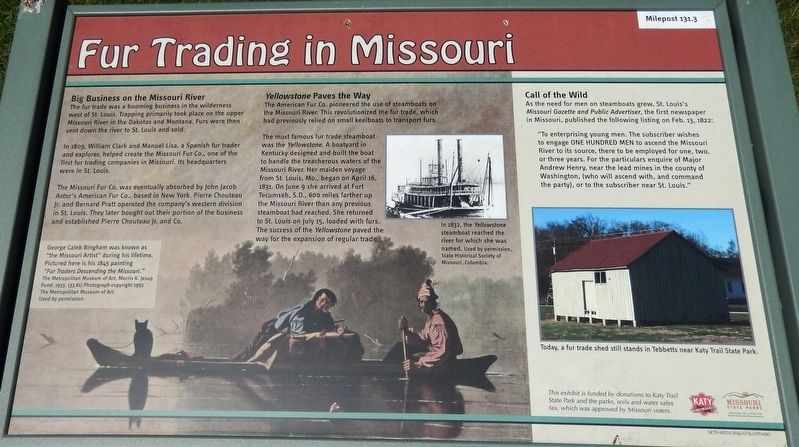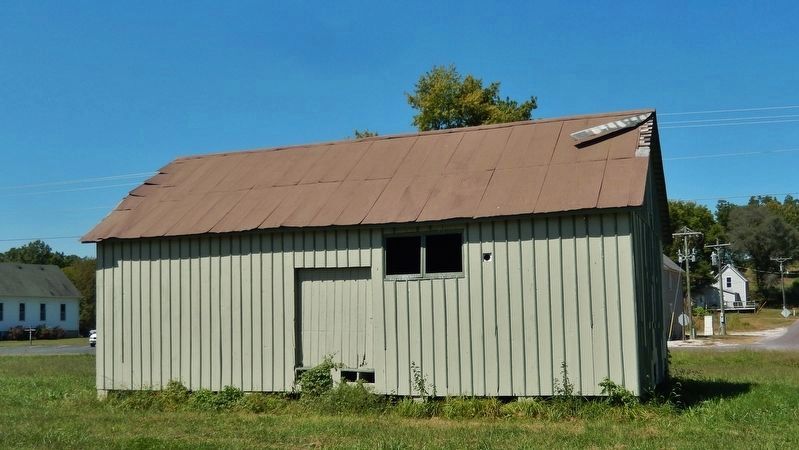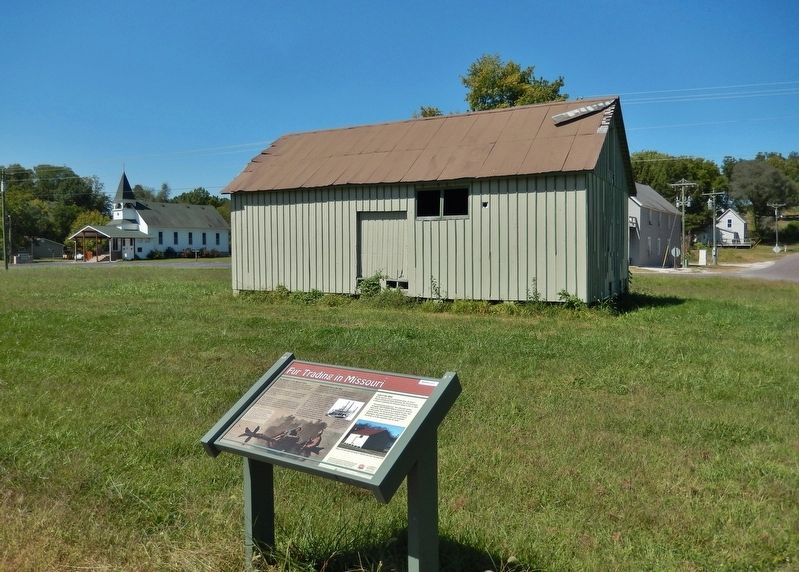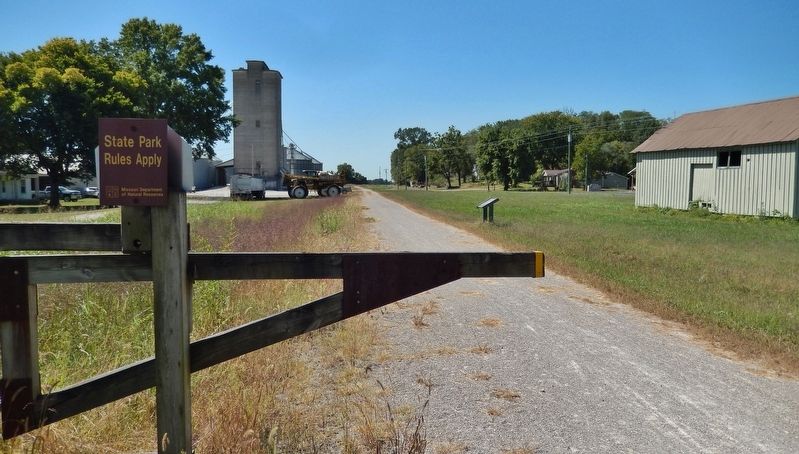Tebbetts in Callaway County, Missouri — The American Midwest (Upper Plains)
Fur Trading in Missouri
Milepost 131.3
Big Business on the Missouri River
The fur trade was a booming business in the wilderness west of St. Louis. Trapping primarily took place on the upper Missouri River in the Dakotas and Montana. Furs were then sent down the river to St. Louis and sold.
In 1809, William Clark and Manuel Lisa, a Spanish fur trader and explorer, helped create the Missouri Fur Co., one of the first fur trading companies in Missouri. Its headquarters were in St. Louis.
The Missouri Fur Co. was eventually absorbed by John Jacob Astor's American Fur Co., based in New York. Pierre Chouteau Jr. and Bernard Pratt operated the company's western division in St. Louis. They later bought out their portion of the business and established Pierre Chouteau Jr. and Co.
Yellowstone Paves the Way
The American Fur Co. pioneered the use of steamboats on the Missouri River. This revolutionized the fur trade, which had previously relied on small keelboats to transport furs.
The most famous fur trade steamboat was the Yellowstone. A boatyard in Kentucky designed and built the boat to handle the treacherous waters of the Missouri River. Her maiden voyage from St. Louis, Mo., began on April 16, 1831. On June 9 she arrived at Fort Tecumseh, S.D., 600 miles farther up the Missouri River than any previous steamboat had reached. She returned to St. Louis on July 15, loaded with furs. The success of the Yellowstone paved the way for the expansion of regular trade.
Call of the Wild
As the need for men on steamboats grew. St. Louis's Missouri Gazette and Public Advertiser, the first newspaper in Missouri, published the following listing on Feb.13, 1822:
"To enterprising young men. The subscriber wishes to engage ONE HUNDRED MEN to ascend the Missouri River to its source, there to be employed for one, two, or three years. For the particulars enquire of Major Andrew Henry, near the lead mines in the county of Washington, (who will ascend with, and command the party), or to the subscriber near St. Louis."
Erected 2016 by Katy Trail State Park.
Topics and series. This historical marker is listed in these topic lists: Animals • Exploration • Industry & Commerce • Waterways & Vessels. In addition, it is included in the Katy Trail State Park series list. A significant historical year for this entry is 1809.
Location. 38° 37.206′ N, 91° 57.633′ W. Marker is in Tebbetts, Missouri, in Callaway County. Marker is on Olive Street (County Route 485) south of County Route 4011, on the left when traveling north.
Marker is located on Missouri's KATY Rail Trail, at milepost 131.3, just west of County Road 485. Touch for map. Marker is in this post office area: Tebbetts MO 65080, United States of America. Touch for directions.
Other nearby markers. At least 8 other markers are within 11 miles of this marker, measured as the crow flies. M901 ITV "Hammer Head" (approx. 7.8 miles away); 75 mm Pack Howitzer on M8 Carriage (approx. 7.8 miles away); Spanish-American War Memorial (approx. 7.8 miles away); F-15 Eagle Fighter (approx. 7.8 miles away); M551 Sheridan Tank (approx. 7.8 miles away); Old Jail - 1930 (approx. 10.9 miles away); Osage County Veteran Memorial (approx. 10.9 miles away); History of Jefferson City Area (approx. 10.9 miles away).
More about this marker. Marker is a large composite plaque, mounted horizontally, on waist-high posts.
Also see . . . The Upper Missouri Fur Trade. National Park Service website entry:
Much of the routine work of the early trade was conducted by the engagees or voyageurs. They represented many different nationalities, half breeds, mulattoes, and negroes and came for the most part from St. Louis. The Canadians were in majority. The engagees were called "mangeurs de lard" or "pork eaters" because most of them were imported from Canada and in the course of their trip from that country lived largely on a diet of pork, hard bread and pea soup. Prior to the use of the steamboat, many of these "pork eaters" used
to man the keelboats on their trips up the river. (Submitted on August 7, 2018, by Cosmos Mariner of Cape Canaveral, Florida.)
Credits. This page was last revised on June 1, 2022. It was originally submitted on August 6, 2018, by Cosmos Mariner of Cape Canaveral, Florida. This page has been viewed 402 times since then and 46 times this year. Photos: 1, 2, 3, 4. submitted on August 6, 2018, by Cosmos Mariner of Cape Canaveral, Florida. • Bill Pfingsten was the editor who published this page.



